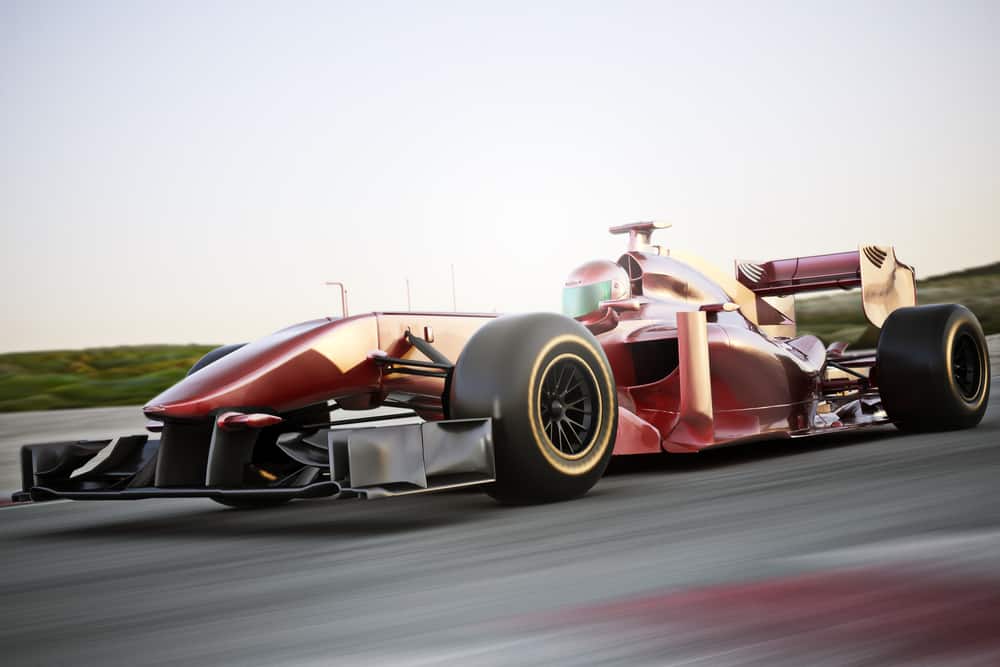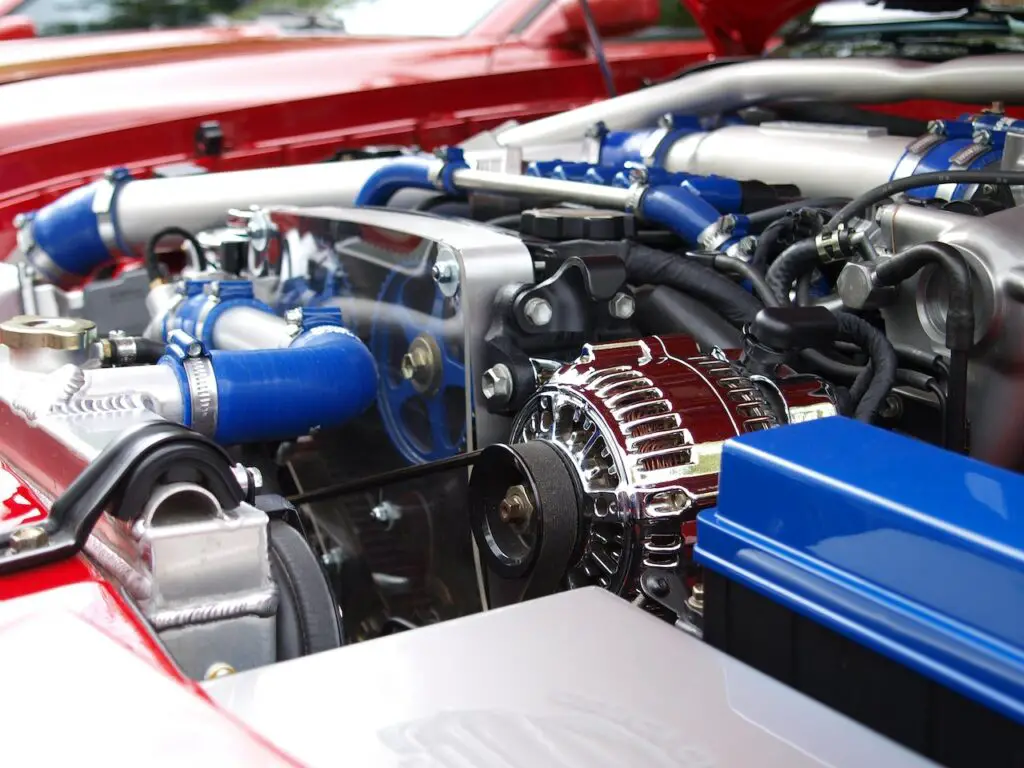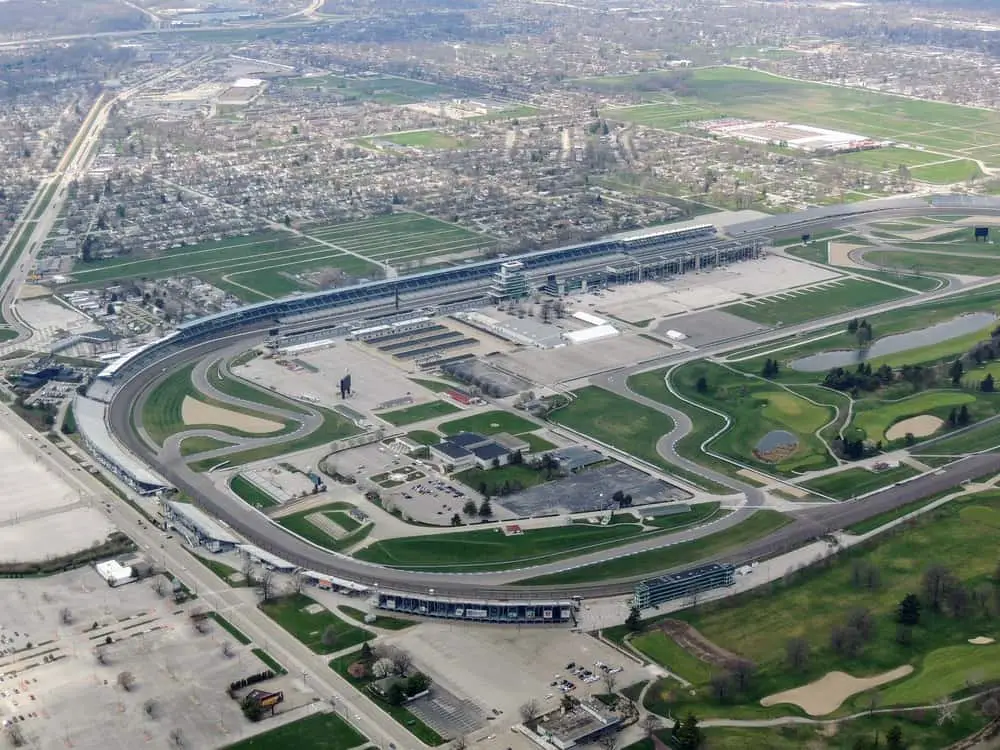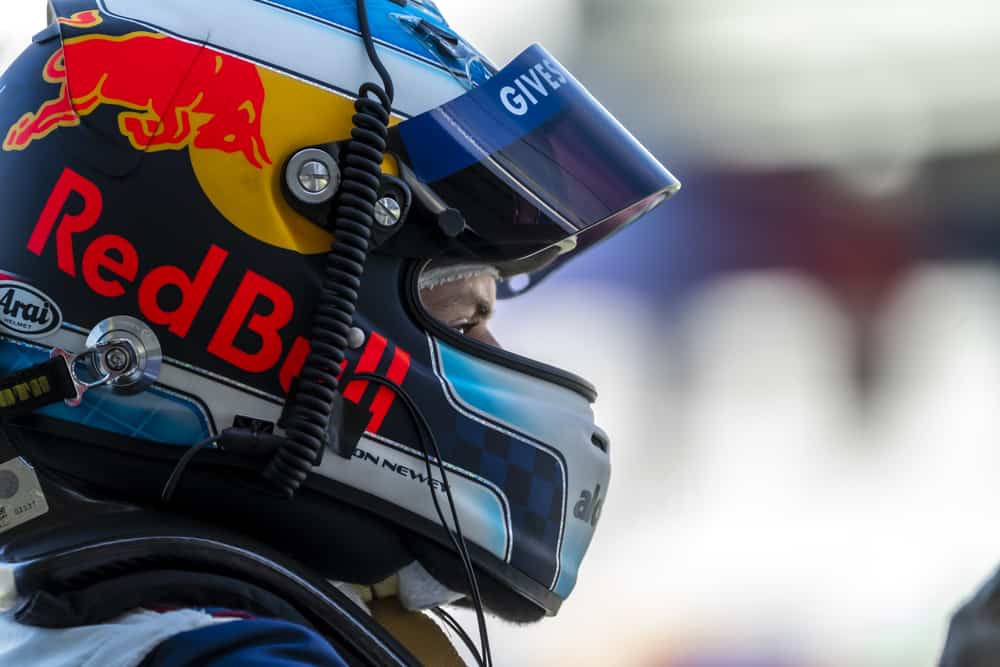As two of the most popular forms of motorsports, Indy and NASCAR vehicles are regularly placed in a head-to-head comparison.
Key Points:
- Indy cars are faster than NASCAR vehicles in terms of top speed due to their aerodynamic design, lighter weight, and better power-to-weight ratio.
- The design differences between the two cars include the shape, weight, and power capabilities.
- The types of tracks that each series races on can vary drastically, with Indy cars usually racing on larger oval tracks and NASCAR racing on a mixture of track lengths and shapes.
While both involve high-speed races, there are significant differences between the two. One of the most frequently asked questions: Who is faster?
When solely considering top speeds, the answer to this question is Indy cars. They far exceed the top speeds of NASCAR vehicles, achieving breakneck speeds of 240 miles per hour. However, the answer can vary based on factors like weather conditions, track, and driver’s skill and experience.
Differences in Design
There are a few critical differences in why Indy cars are faster than NASCAR, several of which fall to the unique designs of each car type. Here are a few of the most crucial differences between an Indy car and a NASCAR car:
Aerodynamics
The aerodynamic design is one of the most essential differences between Indy cars and NASCAR vehicles.
Indy cars are built to reach incredibly high speeds, with sleek and low-profile designs that enable them to achieve these speeds. Their wings generate downforce, which helps press the car into the track, allowing it to stick to the track and providing better handling in the corners.
Conversely, NASCAR vehicles feature a more boxy design that creates more drag. This prevents the car from reaching the top speeds that Indy cars are capable of. Aside from the shape, NASCAR cars feature a spoiler on the rear of the vehicle, which aids in keeping the car stable at high speeds.
Weight
Indy cars are considerably lighter than their NASCAR counterparts, which enables them to accelerate rapidly and achieve much higher speeds. They weigh around 1,500 pounds, whereas NASCAR vehicles weigh over double at approximately 3,500 pounds.
The lighter design of the Indy cars supports better handling and maneuverability on the track. NASCAR cars feature a steel frame construction, which contributes to the hefty weight of the entire vehicle. However, the heavy weight of the car also provides more protection for the driver in the event of a crash.
Power
Another critical factor affecting the speed of these cars is the power capabilities. Indy cars are built with a 2.2-liter V6 engine that can produce up to 700 horsepower. On the other hand, NASCAR vehicles feature a 5.8-liter V8 engine that can produce up to 750 horsepower.
While the engine and power differences might seem to indicate NASCAR vehicles are the faster of the two, this isn’t so. In actuality, Indy cars have a better power-to-weight ratio, so they can achieve higher speeds and quicker acceleration.
NASCAR vehicles have a lower power-to-weight ratio, so they’re not as quick off the line. That said, they can maintain their speeds for more extended periods.
Track Variations
Aside from the design differences, it’s important to consider the different types of tracks that each series races on when comparing the two. While both types incorporate a mixture of oval and road courses on their schedules, the types of tracks and their configurations can vary drastically.
Oval Tracks
Oval-shaped tracks are a staple in both Indy and NASCAR races, but the size and shape can vary between the two. Indy cars usually race on larger oval tracks, with lengths ranging between 1.5 and 2.5-mile tracks.
On the flip side, NASCAR often races on a mixture of track lengths, including shorter tracks, intermediate tracks, and superspeedways. The short tracks usually don’t exceed one mile in length, intermediate tracks are generally between one and two miles, and superspeedways are the largest, usually around 2.5 miles or more.
In addition to the length, the shape also plays a significant role. Indy cars often race on flatter ovals, with banks ranging from 9 to 20 degrees. In contrast, NASCAR races take place on steeper ovals with banking angles of 30 degrees or more. The more angular banks enable NASCAR drivers to keep their cornering speeds high but also require them to fight against the centrifugal forces pushing them to the outside of the track.
Road Courses
Each series takes place on a mixture of tracks, including road courses. Each type of course varies, so they present different challenges based on factors specific to the track.
Indy cars often race on traditional road courses that feature a mixture of left and right turns, elevation changes, and an array of corners. On the other hand, NASCAR races on a combination of road courses and “roval” tracks. These tracks combine portions of traditional road courses with sections of an oval track, which presents drivers with unique challenges.
Since Indy cars are designed to handle a variety of tracks, they often take the edge on road courses. They can handle higher speeds and brake later than NASCAR cars, which are designed primarily for oval tracks.
However, NASCAR drivers have been able to adapt to road course racing in recent years. On top of that, the addition of roval tracks on the season schedule has allowed drivers to hone their skills and showcase them on a different type of track.
Speed Comparison
Speed is one of the most crucial aspects in motorsports like NASCAR and Indy Series races. Speed keeps the race entertaining for spectators, ensuring it doesn’t become overly dull. Indy cars and NASCAR vehicles are two of the most popular types of racing cars, but which one is actually faster?
As mentioned, Indy cars are the faster of the two, known for their speed and agility. They feature a lightweight and aerodynamic design, which enables them to reach incredibly high speeds. The combination of these features allows Indy cars to reach breakneck speeds of up to 240 miles per hour.
Of course, top speeds vary based on the track, but they can reach impressively fast speeds in ideal conditions.
In contrast, NASCAR vehicles are designed to be heavier and more durable. Their design is tailored to the racing conditions they take part in, as these races can result in high-speed collisions. The cars are built to withstand these collisions and keep the driver safe, so they’re heftier than Indy cars.
While NASCAR cars can’t compare to the breakneck speeds of Indy cars, they’re undoubtedly considerably faster than the average car. In ideal conditions on certain tracks, NASCAR vehicles can reach top speeds of up to 200 miles per hour.
It’s essential to note that the top speeds of each car vary drastically based on the track and conditions. So, while each vehicle has its top speeds, drivers may not reach those speeds at all on certain tracks. On top of that, the car’s speed depends on several additional factors, like the driver’s skill and experience, the weather, and the condition of the track.
So, while Indy cars can reach top speeds that blow NASCAR’s records out of the water, both types of racing cars are extremely fast and exciting to watch. Whether you prefer Indy car racing or NASCAR, there’s no denying the thrill of watching these incredible machines whiz around the track.
Driver Skill and Strategy
To become a driver in Indy or NASCAR races, you must be talented and highly skilled in your craft. However, the nature of each racing style requires unique strategies and techniques, which can affect the overall performance and speed of the car.
IndyCar drivers must be able to handle the high speeds and tight turns of road courses, whereas NASCAR drivers must navigate the banked ovals and pack racing of their tracks. Given these differences, it’s no surprise that drivers’ skills in each type vary.
IndyCar drivers rely heavily on their technical skills and precision as races demand tight maneuvers through varying corners and chicanes at speeds that regularly break 200 miles per hour. They need to be able to think on their feet, so to speak, as changing conditions and weather may demand adjustments from their driving style.
In contrast, NASCAR drivers and their teams must employ strategic thinking and an ability to draft and work in packs to secure an advantage over their competitors. Like IndyCar drivers, they need to make split-second decisions as events unfold rapidly at such high speeds.
The pit crew is another essential difference between these two racing styles. In an IndyCar race, pit stops are usually brief and more frequent, requiring drivers to work closely with their pit crews to make quick adjustments and necessary repairs.
Conversely, the pit stops in NASCAR are longer and less frequent, which enables drivers to focus more on their on-track performance. Ultimately, the skills and strategies required to succeed in IndyCar or NASCAR races are different but equally important.
Each racing style demands intense focus, physical endurance, and a thorough understanding of the mechanics of the car and the track. But the true test of a driver’s skills and abilities stems from their ability to adjust and adapt to changing conditions and unique challenges presented in each race.
So, Are Indy Cars Faster Than NASCAR?
After analyzing the data and comparing these two cars, Indy cars are a clear winner in the speed category, achieving top speeds exceeding NASCAR’s by 40 miles per hour. That said, there’s no doubting each type’s impressive speeds and unique advantages.
Of course, the answer as to which car is faster in actuality hinges on the specific track and conditions of the race. In some cases, the average speeds in a NASCAR race might exceed those in an IndyCar race. It all depends on factors specific to the race!





